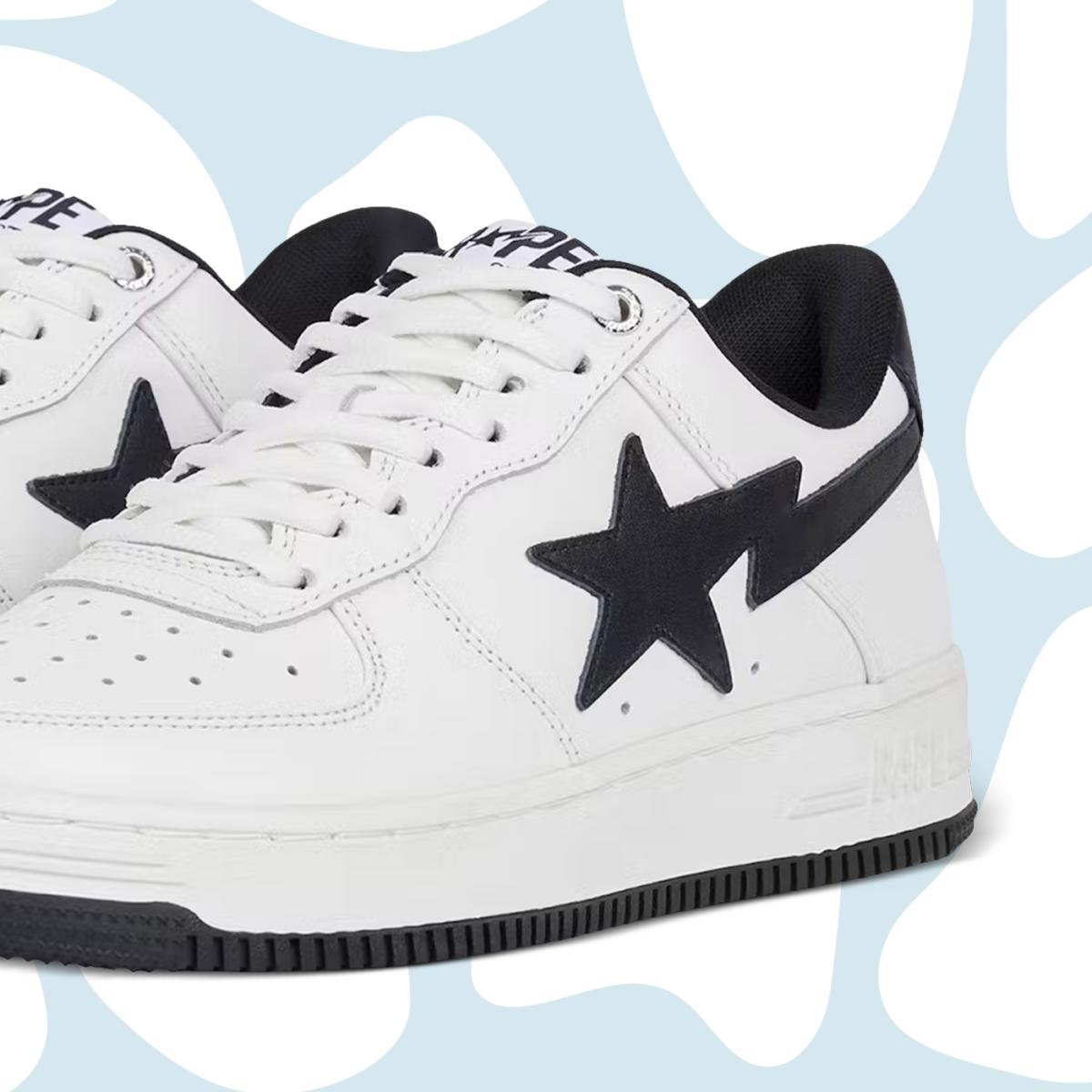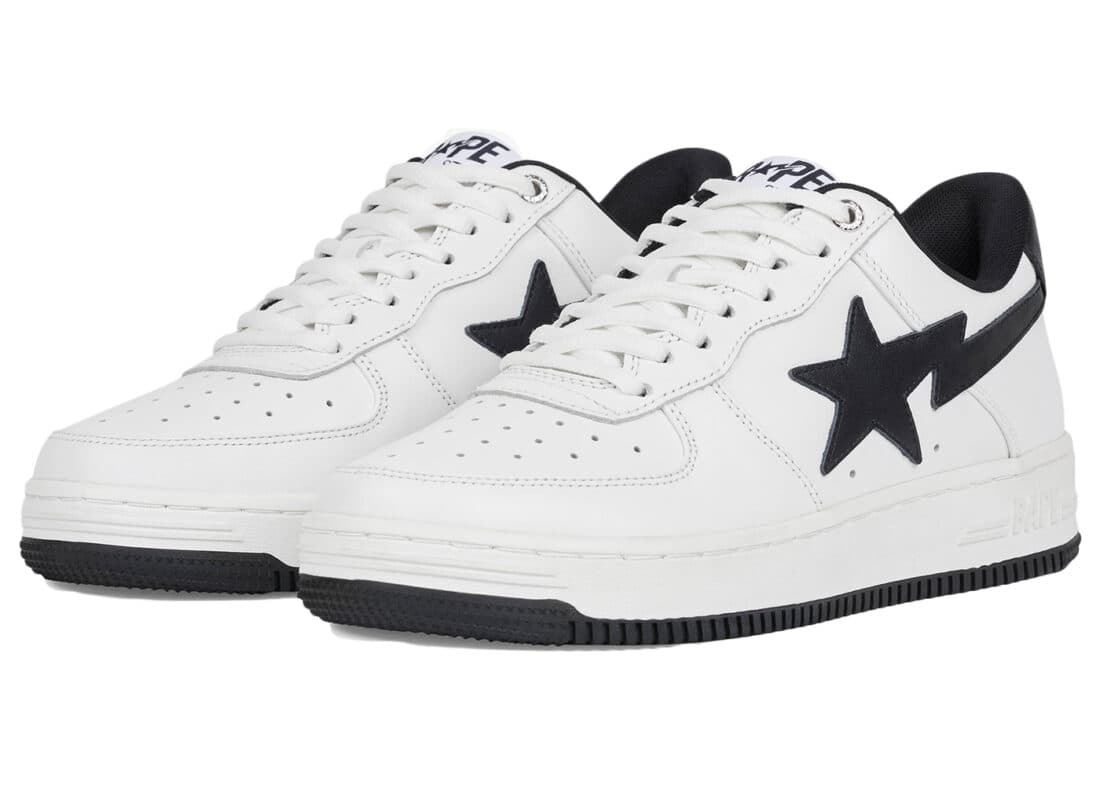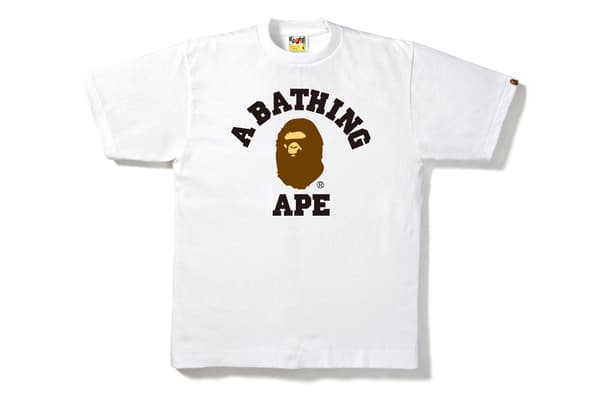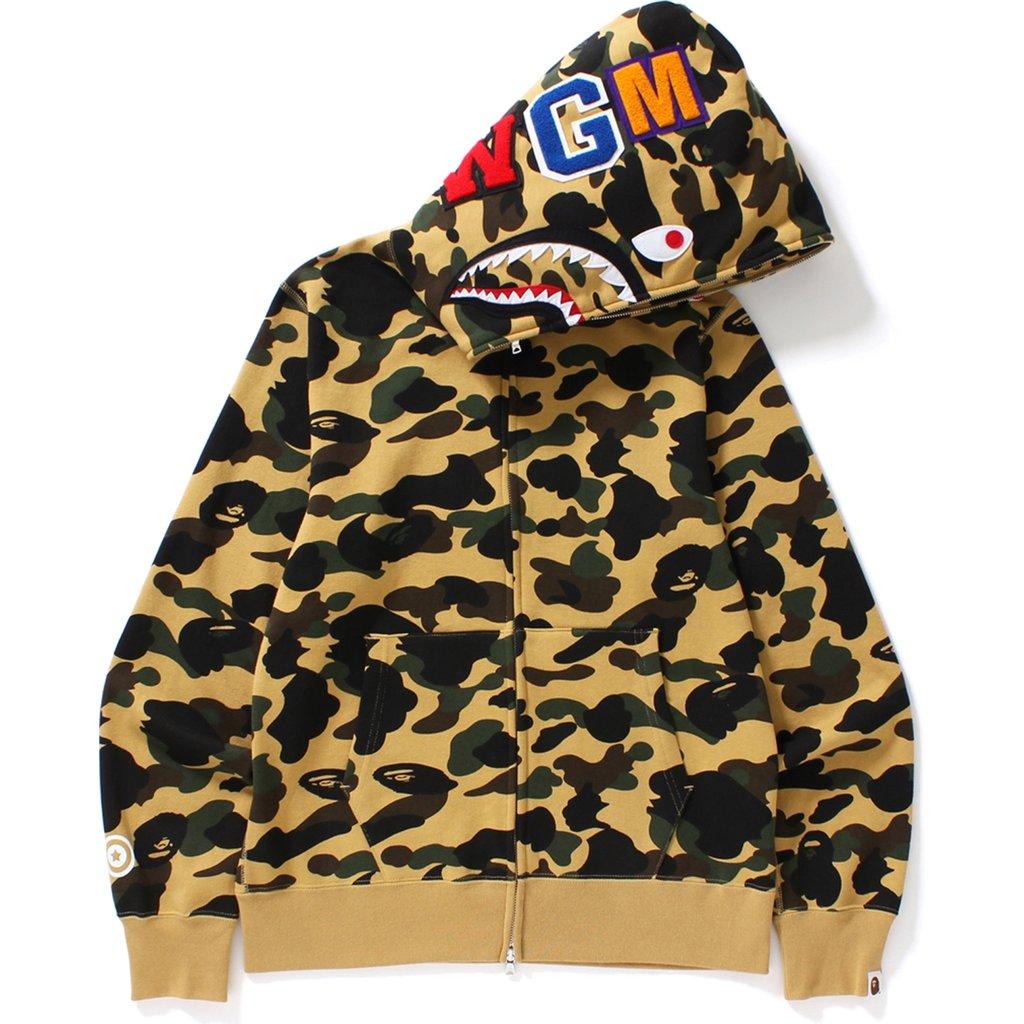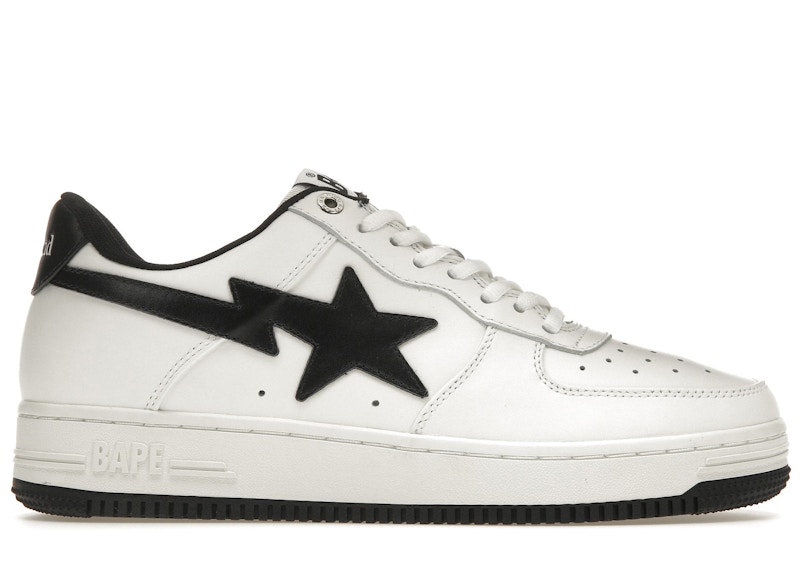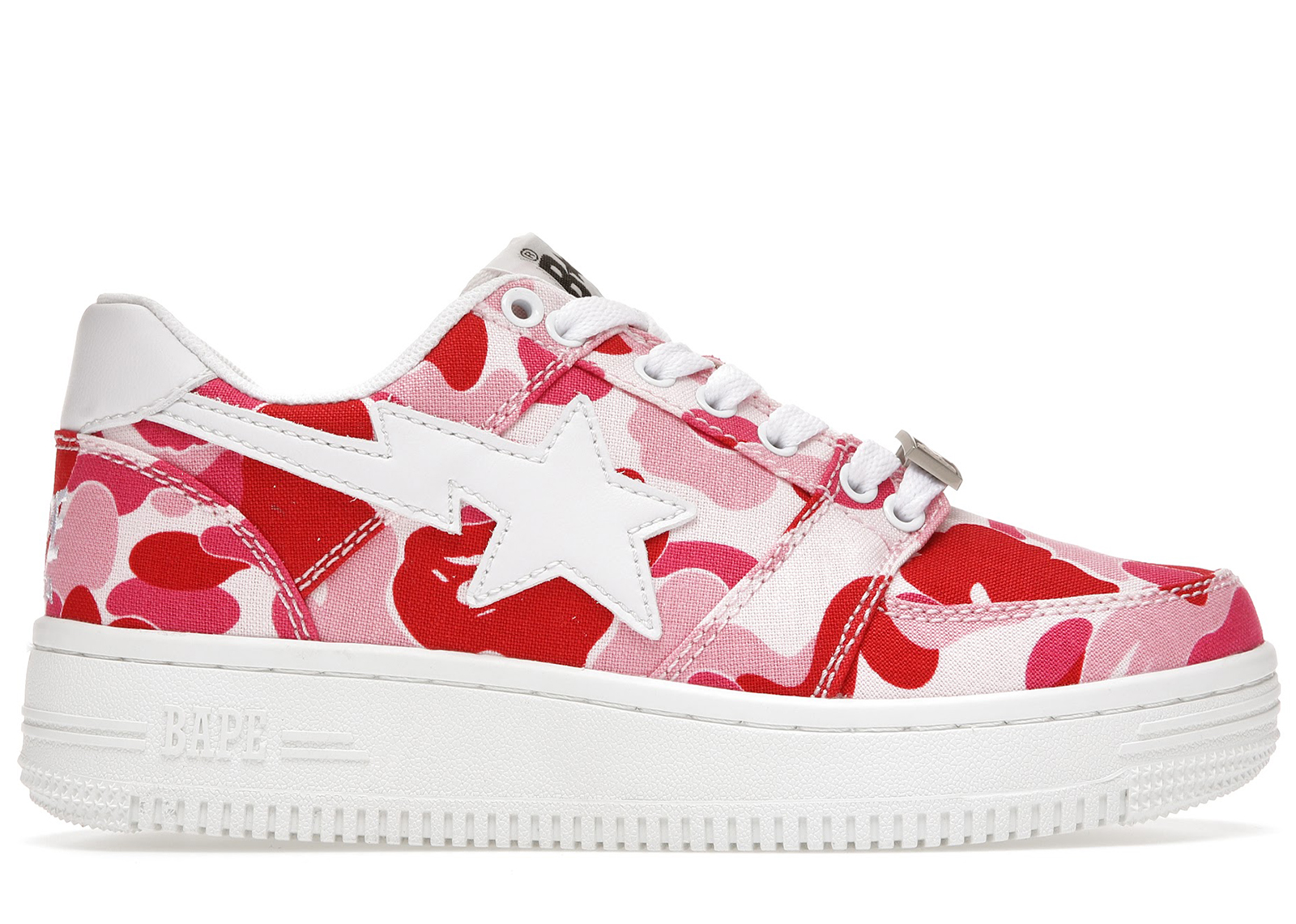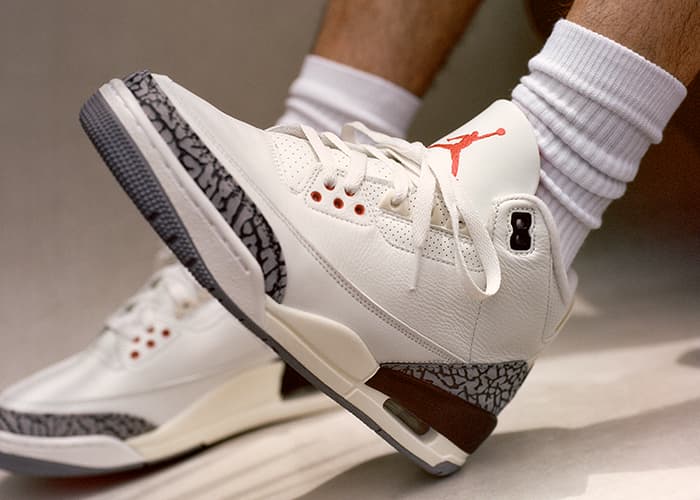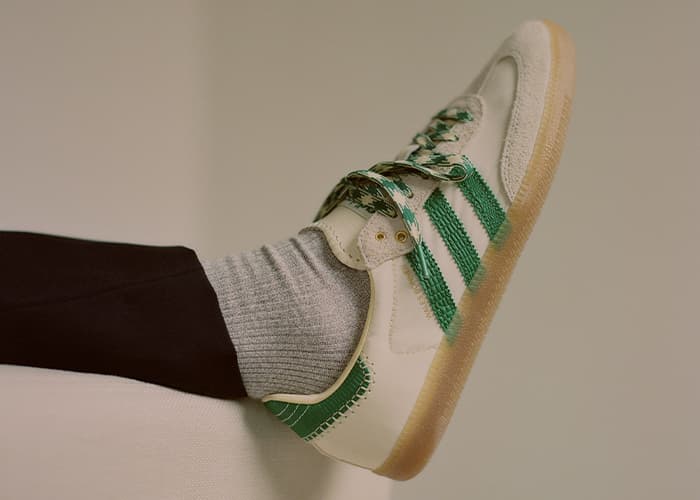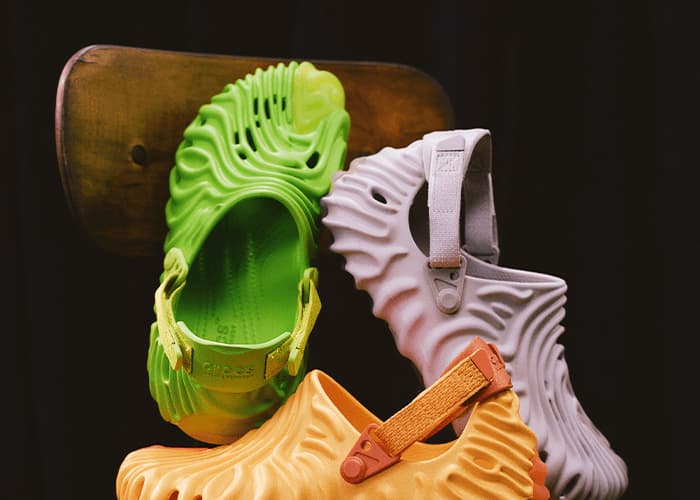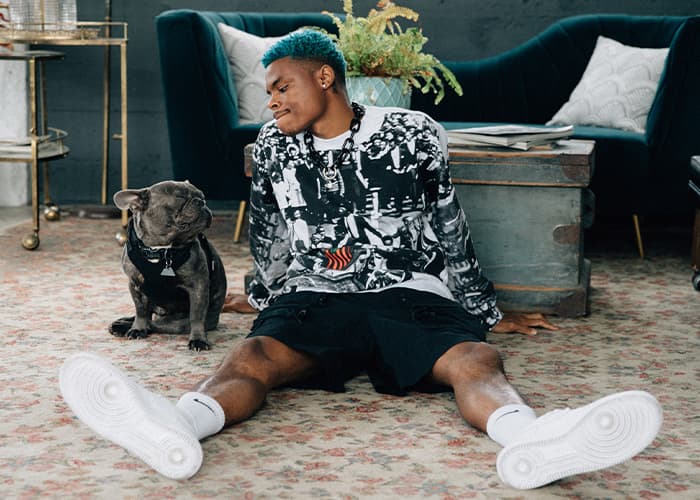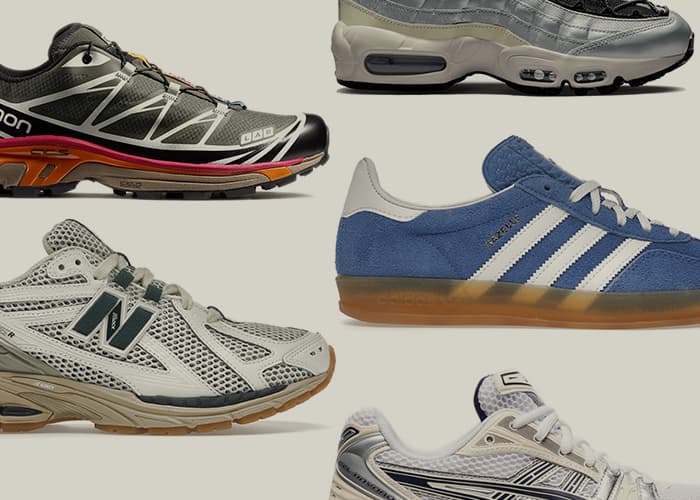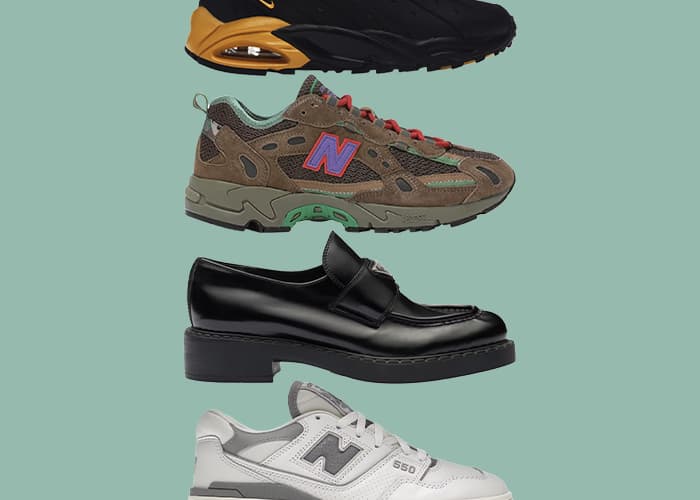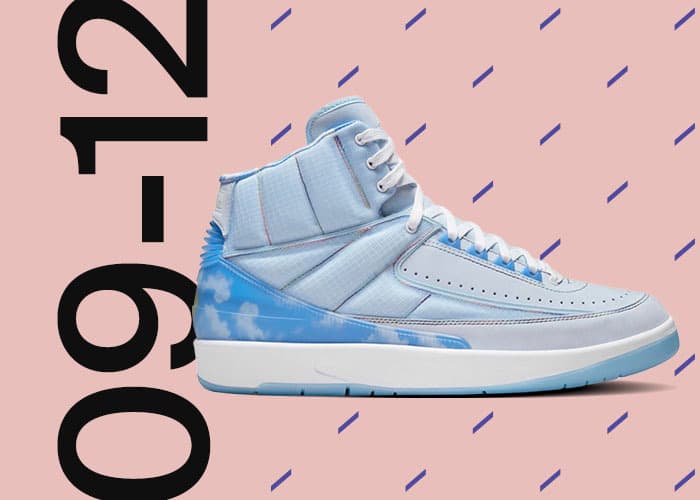If you’ve been following streetwear culture for even a short period of time, there is an unquestionable through-line that begins to emerge. Japanese street culture has played a monumental role in the development and evolution of streetwear as it’s come to be accepted by the wider popular culture zeitgeist. Today, it’s not unusual to see the prominently displayed logos of streetwear brands like Supreme, Stüssy, Kith and more. But ten years ago that wasn’t the case and twenty five years ago, such styles were relegated to American subcultures fascinated with Japanese urban culture. Though the credit for such influence belongs to a crowd rather than an individual, it’s Japan’s most popular streetwear brand, A Bathing Ape, who led that charge.
A Bathing Ape, also referred to as BAPE, was founded by Tomoaki Nagao, better known by the name Nigo, in 1993. Though he’s certainly best known for his founding role in BAPE, Nigo is a multi-hyphenate creative: a rapper who once opened for the Beastie Boys and was a member of Japanese rap group Teriyaki Boyz, as well as an art collector and curator. Well before founding A Bathing Ape, he became the first Japanese member of the illustrious International Stüssy Tribe and worked for Hiroshi Fujiwara, another iconic and influential creator, as a personal assistant.
BAPE’s name is rooted in comics. The legend tells that Nigo was watching a five hour marathon of Planet of the Apes and lifted from it “A Bathing Ape in Lukewarm Water” as the brand name, which was then shortened to just “A Bathing Ape.” With a strong graphic identity and a connection to Japanese hip-hop culture as its backbone, the brand slowly began to build a following. And that wasn’t on accident.
In 2023, the idea of the limited release model, where a company makes available far less product than is in demand to create a shortage which inevitably drives demand even higher, is nothing new. But in the late 1990s, this was not a concept that was so easily perceived. In the early days of BAPE, Nigo made certain that BAPE product was worn only by a close circle of friends and those he wanted representing his brand. Over a few short years, this resulted in the kind of limited release model we know so well today, an idea that many consider to have been pioneered by Nigo himself.
As the brand began to grow in Japan, especially in the country’s hip-hop scene, Nigo was connected with some of the world’s most influential producers. Pharrell Williams, one of the moment’s well-known hip-hop producers, met Nigo in the early 2000s and the pairing quickly became close friends. As that friendship blossomed, so too did BAPE’s popularity in the United States. It wouldn’t be long before the BAPE influence would find its way into chart topping hip-hop songs in the United States. Most notably, Soulja Boy declared his affinity for the brand in his 2007 hit, Crank That (Soulja Boy) with the lyric, “Haters gettin’ mad ‘cause I got me some Bathing Ape.”
Throughout the 2000s, A Bathing Ape became a brand inseparable from hip-hop culture, tethering the increasingly popular genre to more Japanese influences. From Pusha T to Kanye West, BAPE’s easily identifiable sneakers and apparel were seemingly everywhere. With the co-sign of such popular names, A Bathing Ape’s sneakers and apparel became must-haves for those in the know by the late 2000s.
Despite the undeniable cultural success, it would seem that something was amiss at A Bathing Ape from a business perspective by 2010. As the brand moved beyond its peak, stores in popular areas like Los Angeles began to shut their doors and it would soon come to light that BAPE’s parent company, Nowhere Inc. was in millions of dollars worth of debt. Nigo stepped down as CEO in 2009 and the brand went on to post losses that year and the following before Nigo sold the majority of his stake in the company and left in 2011.
That sale in 2011 meant more than just a transfer of ownership but also a transfer of home country. Sold to Hong Kong’s I.T Ltd., a major fashion conglomerate in the region, BAPE would begin to move in a different direction. Though the move sent a shock through the community built around the brand during the years it was run by Nigo, the last decade has shown that under I.T Ltd., BAPE still has a lot of life in it.
Over the last ten years, there have been a few pieces to come together for the success of the brand. The first of which is the heavy usage of A Bathing Ape’s already strong visual identity. Collections continue to rely heavily on BAPE’s most striking and iconic imagery: the Ape Head, the ABC Camo, Baby Milo, the BAPESTA logo, and their Shark imagery. Layered on top of that, A Bathing Ape has become a collaboration machine, working with seemingly every culturally relevant brand under the sun. This year already, BAPE has collaborated with major partners from JJJJound and the Basquiat Estate, to Fred Perry and Comme des Garçons.
Iconic as ever, A Bathing Ape is still one of the most identifiable apparel brands in the world. Built on the legacy of Nigo and deep ties between Japanese pop culture and American hip-hop culture, the brand continues to dominate in the world of streetwear. Looking forward, it’s likely that BAPE will only continue to grow and expand.


